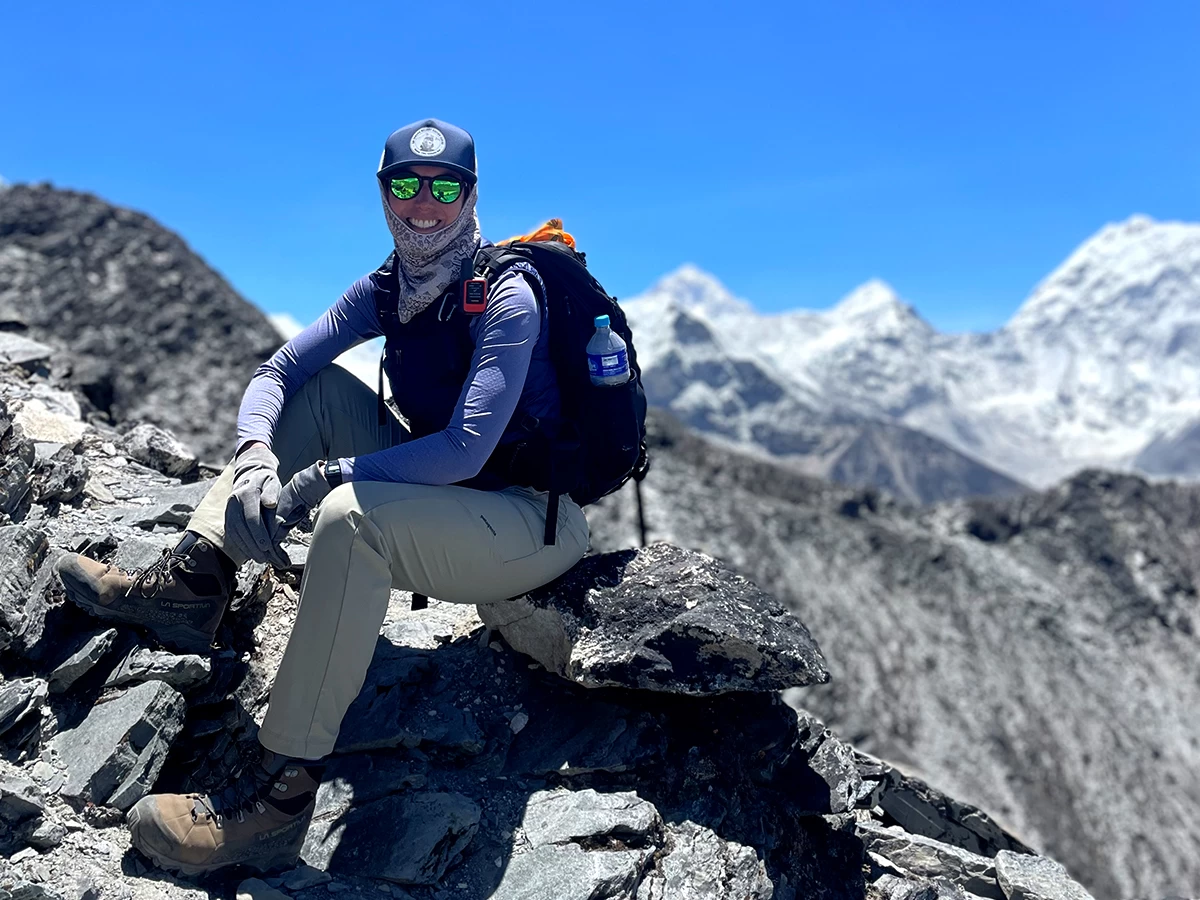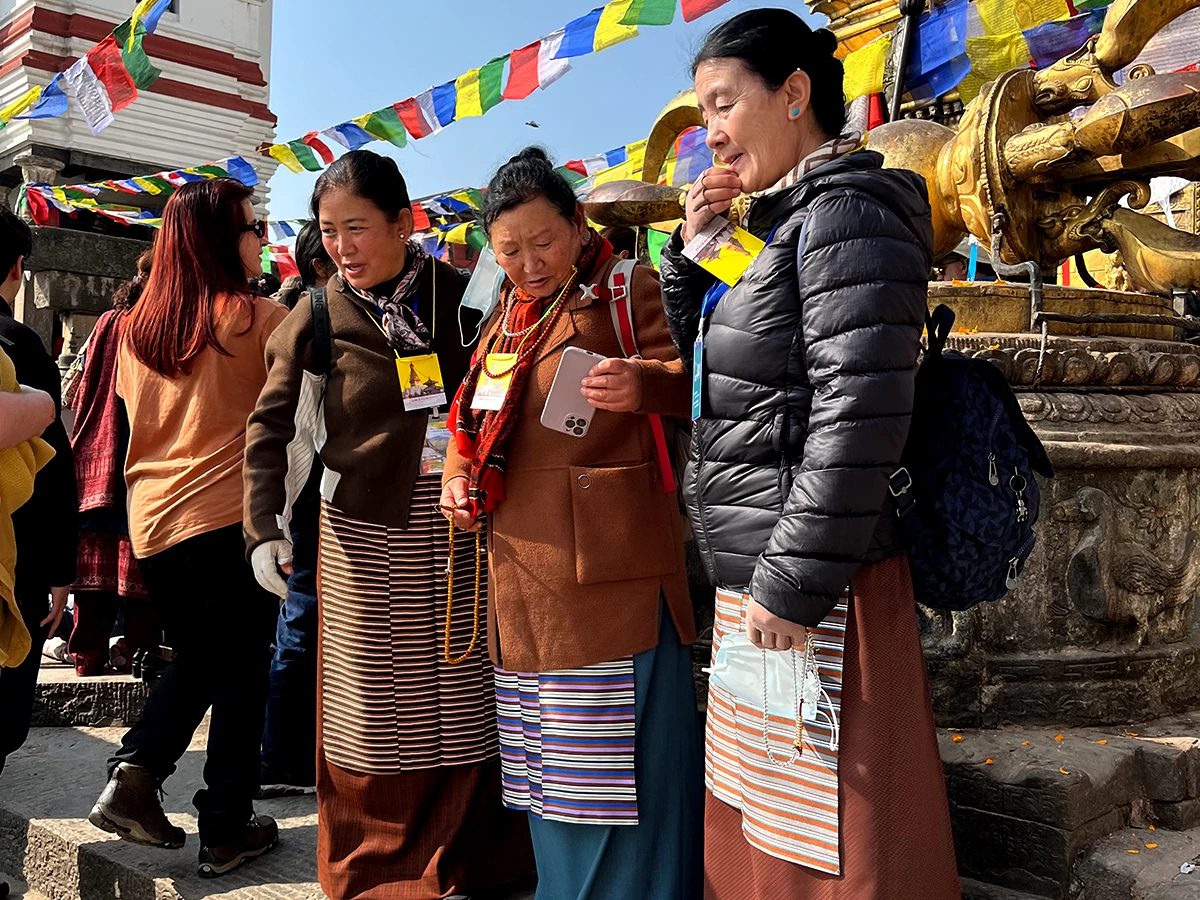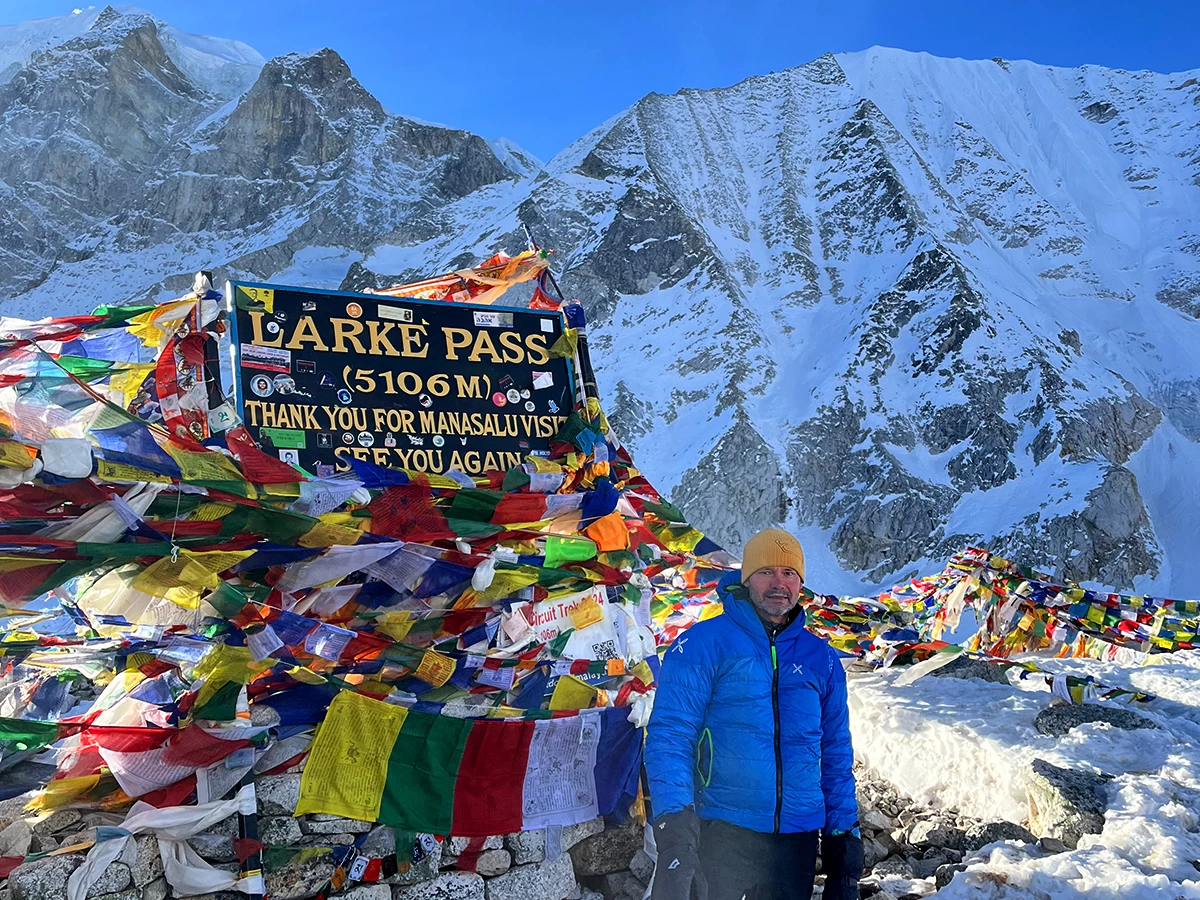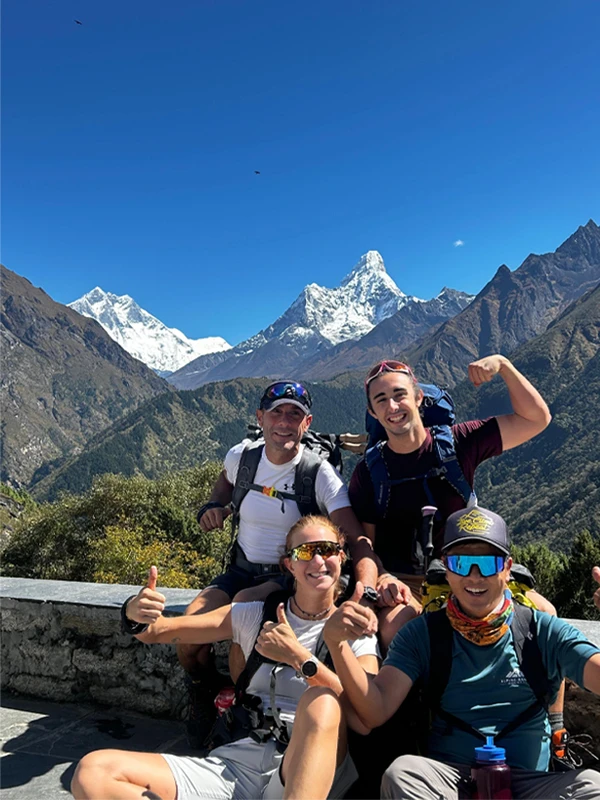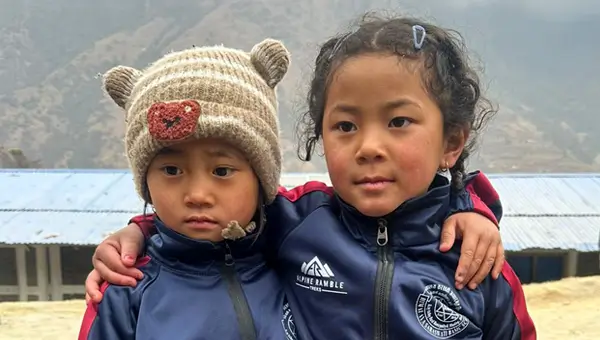Manaslu Tsum Valley Trek 18 Days
Manaslu Tsum Valley Trek has become one of the most beautiful combined trekking itineraries covering a wide range of diverse cultures and nature from the beginning of the trek to the end.
A graceful journey to Manaslu Tsum Valley ruins, remote and off-the-beaten path compared to well-established and renowned treks in the Nepalese Himalayas. However, a classic venture around Manaslu takes you to the world's eight highest mountains. Mt. Manaslu is one of the gorgeous triangle peaks located at 8,163 meters and 26,781 feet high.
Our Manaslu Tsum Valley Trek 18-Day Itinerary will begin from Kathmandu with a full of excitement to explore this magnificent culture and nature diverse at least once in a lifetime, a scenic drive from Kathmandu to Soti Khola through the most dazzling and bumping road, sometimes to be expected and it makes more adventures on our journey.
The journey will constantly move towards the most beautiful and spiritual land of the Himalayan mountains, passing through the most charming local villages of Gurung and Tibetan origin people alongside gorgeous waterfalls, meeting friendly and hospitable local people, ancient Buddhist monasteries, yak pastures, terrace fields, and miscellaneous vegetation.
After a couple of days of walking into the region's real beastliness places, we will finally reach the top of Larke La, 5180 meters.
Crossing the Larke Pass, the trek's highest point, and descending into the different valleys with a view of the different atmospheres is another level of the trek. Our journey brings us into the lower valley of the Himalayas with leisurely walking through the beautiful villages Bhimtang, Tilijee, and Dharapani, and finally back at Besishar, the ending point of the trek where we catch a local bus for our way back to Kathmandu.
Manaslu Tsum Valley Trek cost in USD: Our best offer for the personalized and group tour 2025 and 2026.
The cost of the Manaslu Tsum Valley trek will vary based on the additional services you choose. There are several options you might consider for this trek, such as a private car or jeep, upgraded hotel accommodations in Kathmandu, and more. However, the standard cost of the trek covers a guide, food and accommodation, permits, transportation, and other essentials.
- For the Manaslu Tsum Valley private trek, the cost is US$1799 per person.
- The group price for the Manaslu Tsum Valley trek starts from US$899 per person.
Full Benefits of this Majestic Manaslu Tsum Valley Trip with Alpine Ramble Treks
- Free Airport transportation on arrival and departure days (We will pick you up and drop you off)
- Trekking equipment such as the Sleeping bag, Down jacket, and walking poles (rental is included if needed)
- Duffle bag if required (Optional)
- Souvenir: Trekking route map/browser and printed ART's hiking T-shirt
- An Oximeter to measure your Oxygen and Pulse at a high altitude to find out your accurate health condition while you are trekking in the mountains.
- WOKI TOKI - for communication during the trek
Majestic Manaslu Tsum Valley Trekking Highlights
- Trek through the most dazzling villages with your fellows
- Enjoy the views of the scenery and its mountains
- Meet friendly locals and visit ancient monasteries
- Taste the Local foods and learn about the local culture
